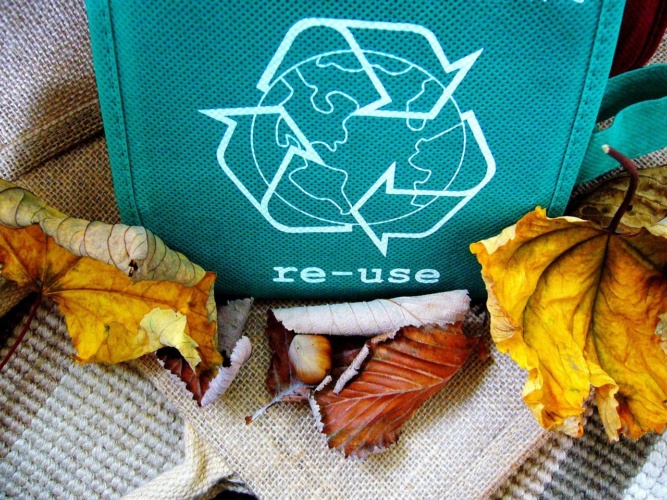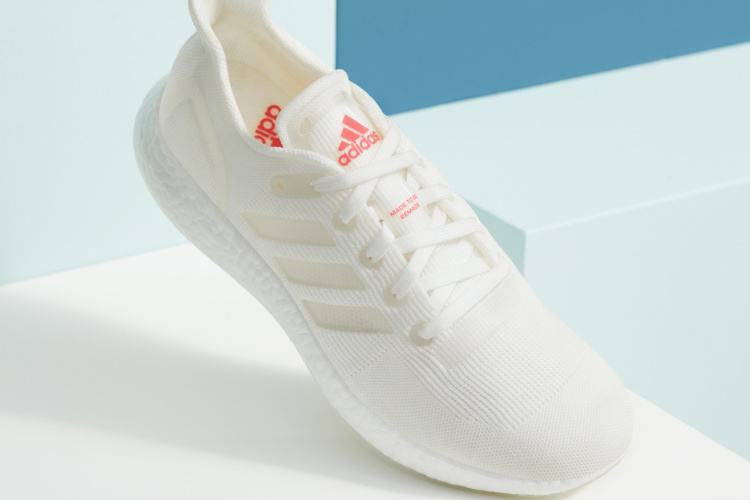Discussions around the circular economy are increasing. The concept, an economic model that encourages continuous reuse of materials to minimise waste, has been described by Gartner as starting with “good design, end of life and raw material reuse in mind”.

It is not simply a theory, either. Back in February 2020, the analyst revealed that 70 per cent of supply chain leaders are planning to invest in the circular economy in the next 18 months. The likes of Maersk, Caterpillar, IKEA, Philips Lighting, Rolls Royce, Timberland and Nestle are all developing circular economy initiatives, while others are building dedicated departments and hiring talent to specifically drive related projects.
Exeter to lead circular economy centre for technology metals
But what does it mean to become part of the circular economy? From a supply chain perspective, it requires a complete shift in thinking. Currently, supply chains are linear – raw materials are extracted, processed into some form of product, shipped from their place of manufacture to an end-user, and then once they have reached end-of-life, disposed of.
To manage that process is complex, requiring a variety of suppliers and providers and extensive planning. Yet it is well established and ingrained within organisations and, indeed, in our way of life. Consumers know that once something is not fit for purpose, the easiest option is to dispose of it.
In a circular model, every aspect of that has to change. From the way materials are processed, to how they are distributed, it all needs to not only create a finished product that meets customer expectations but come end-of-life can also be reused, whether to create a new version of the same item or something else entirely.
That means new systems in place to track product components over the course of months and years; it means new approaches to forecasting and meeting demand; it means a new transaction model, where customers accept that they are, in effect, renting the product and need to return it when they are finished with it; it means a way of accepting returned goods, and getting them back into the supply chain to be reprocessed.
We are seeing businesses start to address some of those challenges. IKEA is exploring ways it can resell second-hand furniture and has also introduced a buy-back scheme, incentivising customers to return products they no longer require in return for vouchers and discounts. Adidas is being more direct – its UltraBoost DNA Loop trainers have been positioned as shoes that are endlessly recyclable and that the consumer returns to the manufacturer once they've reached end-of-life.

Even fast-food retailers, often seen as major waste culprits, are investigating ways they can deploy reusable packaging – Burger King has introduced a scheme where customers pay a small deposit, which they get back when they return their empty packaging. The waste is then processed by a third party to be reused.
Certainly, getting end-customers to buy-in to the circular economy is going to be critical, whether that’s through emotional appeals or incentivising. This is going to be particularly important in the coming year, as many people reassess how they go about their day-to-day and make changes accordingly. Yet no number of discounts are going to generate uptake if the processes are not in place to take back the unwanted goods. As the Burger King example shows, it also means bringing in new parties – in effect, extending the supply chain.
With new suppliers and partners, comes the need for businesses to have the right tools in place to plan and manage their new, circular networks effectively. Ideally, this would build on the visibility, transparency and intelligent use of data they already have in place. However, with many organisations struggling to fully implement such an approach in a linear supply chain, it is clear there are challenges to overcome if they are to realise the potential of the circular economy.
It comes back to being able to gather, access and analyse data from a variety of sources, and then use the insights derived from that analysis to start planning a new, circular network. It will need closer coordination with partners and suppliers and being able to identify opportunities to optimise different parts of the supply chain. Can a distribution centre handle both ‘new’ products and returned items, thereby allowing transport providers discharging the former to collect the latter at the same location? Can the same factory manufacturing the goods reprocess the materials needed, or does it need to be another supplier? Can they be sited near the manufacturer?
It is complex, there is no doubt about that. But transforming a business model always is. With the right data, and the power to plan network structure appropriately, organisations that want to embrace the circular economy can start to take steps to do so. 2021 is going to be a major year of change, as customers continue to reassess how they live their lives. Companies that are aligned with those changes will be the ones that will benefit in the long term.

Collaboration to address viable solutions for VAWG database
<blockquote>address the lack of standardisation, coordination, and collaboration of gender disaggregated data intelligence across various regions,...